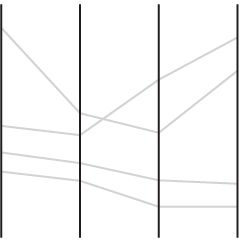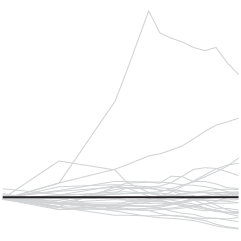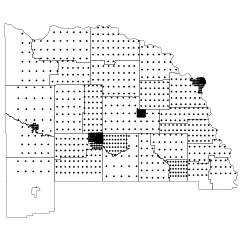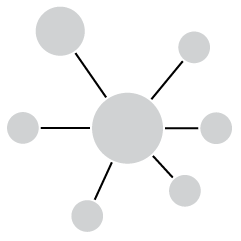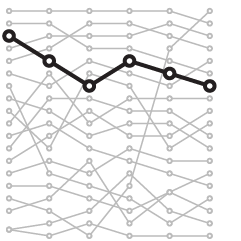Maps have been around for a long time, but you might not know it looking online. It can be hard to find them. Old Maps Online, a project by The Great Britain Historical GIS Project and Klokan Technologies GmbH, Switzerland, is a catalog of just that.
You can browse and search old maps via the map interface by panning and zooming, along with a search bar and a slider for time. Search results then update in the right sidebar, which provides thumbnails and links to the full-size maps.
If only an overlay like Historypin could be incorporated. That’d be something.
[Old Maps Online via @jatorre]

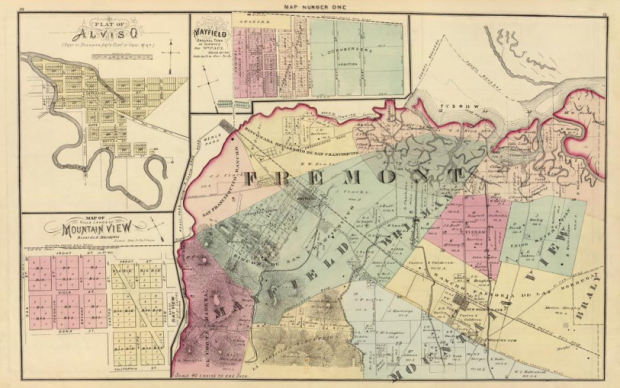
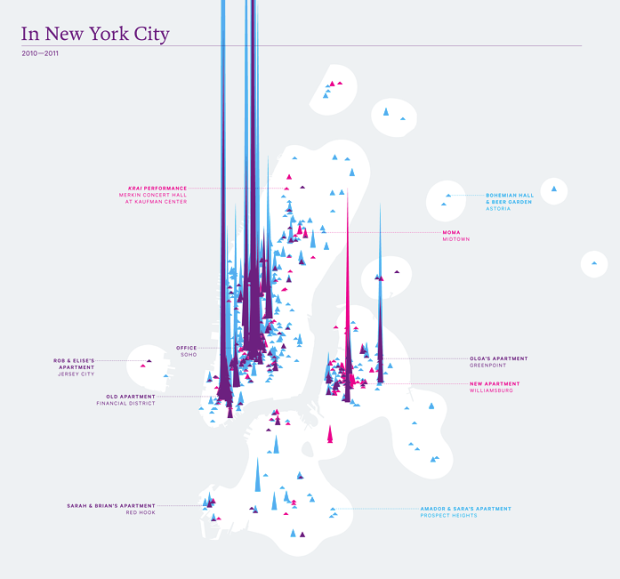
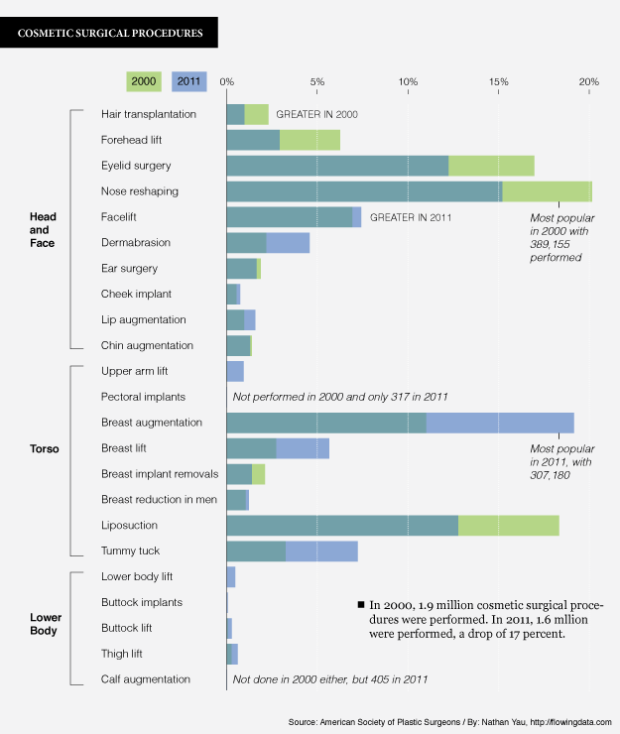
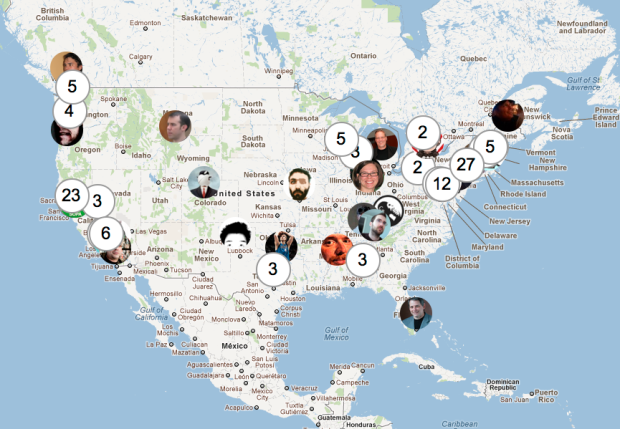
 Visualize This: The FlowingData Guide to Design, Visualization, and Statistics (2nd Edition)
Visualize This: The FlowingData Guide to Design, Visualization, and Statistics (2nd Edition)
